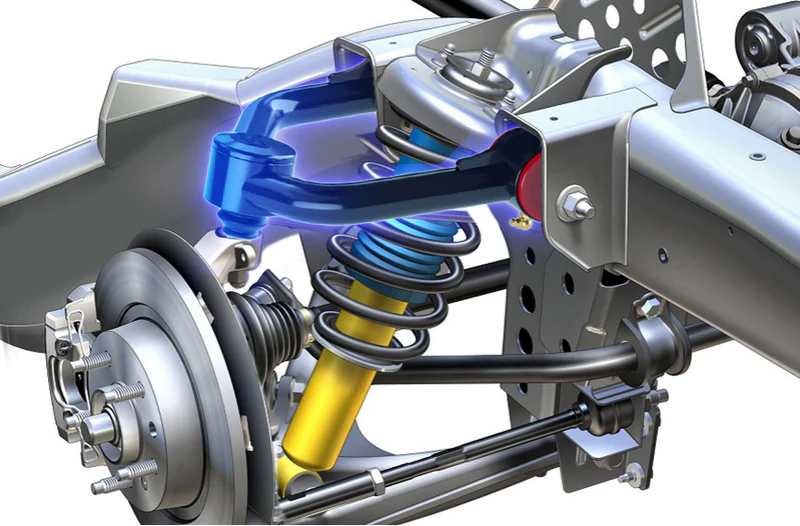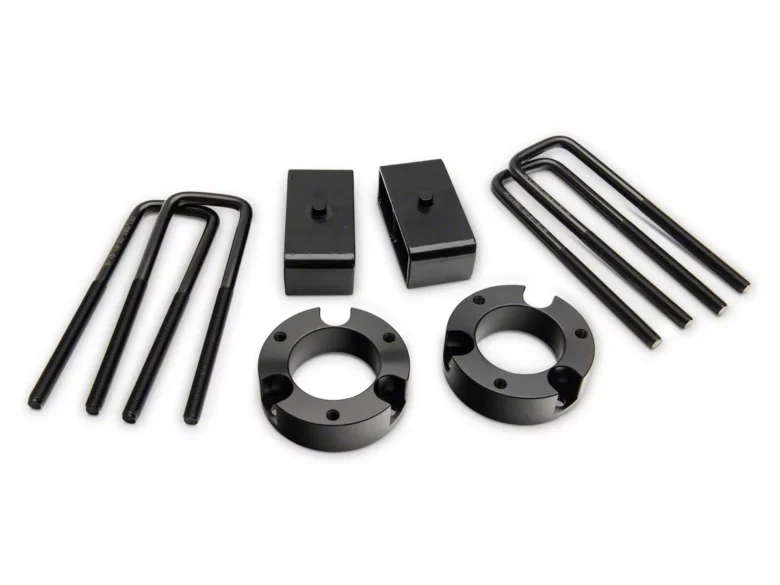Leveling kits have gained popularity as aftermarket vehicle modifications, offering an opportunity to achieve a more balanced stance and improved off-road capabilities. However, these modifications are not without potential consequences, particularly concerning alignment. The interplay between leveling kits and alignment angles can significantly affect tire wear, handling, and overall driving experience. This article steers into the factors contributing to the effect of KSP leveling kits on alignment and provides insights into how vehicle owners can navigate these challenges.
Suspension Geometry and Alignment Angles
One of the fundamental ways leveling kits influence alignment is through changes in suspension geometry. Suspension components, such as control arms, struts, and torsion bars, are designed to work within specific alignment angles set by the manufacturer. By altering the distance between these components and the vehicle’s frame, leveling kits can disturb these angles. The three primary alignment angles—camber, caster, and toe—are crucial in tire wear, steering stability, and handling characteristics.
Camber Changes and Uneven Tire Wear
Camber means the vertical tilt of the wheels when viewed head-on. It can be either positive (tilted outward) or negative (tilted inward). When leveling the front or rear of a vehicle, camber angles can be affected, potentially leading to uneven tire wear. Positive camber can cause increased wear on the outer edges of the tires, compromising their lifespan and performance. Pre-installation alignment checks and post-installation adjustments are vital to ensure that camber angles remain within acceptable limits.

Caster Angle and Steering Stability
Caster angle relates to the steering axis’ forward or rearward tilt when viewed from the side of the vehicle. This angle influences steering stability, self-centering behavior, and overall steering feel. Leveling kits can disrupt the caster angle, changing the vehicle’s handling characteristics. A reduced caster angle might lead to decreased steering stability and a tendency to wander on the road. Conversely, an increased caster angle could enhance straight-line stability but make the steering feel heavier. Striking the right balance is essential to maintain predictable and safe driving dynamics.
Toe Angle and Tire Wear
The toe angle refers to the wheels’ direction from above the vehicle. Proper toe alignment ensures that the reels are parallel to each other and perpendicular to the road. Changes in the toe angle, often associated with leveling kits, can lead to uneven tire wear, reduced fuel efficiency, and compromised handling. Toe misalignment can also cause the vehicle to pull to one side or contribute to instability during turns. Ensuring accurate toe settings through professional alignment services is critical to address these issues.
Vehicle-Specific Considerations
Alignment challenges resulting from leveling kits can vary depending on the vehicle suspension and drivetrain type. Due to their complex suspension geometries, vehicles equipped with independent front suspensions (IFS) and four-wheel-drive systems are susceptible to alignment changes. The added stresses on suspension components in off-road conditions further magnify the importance of proper alignment. Vehicle owners must take these factors into account when considering leveling kit installations.
Expert Guidance and Quality Components
To minimize alignment issues associated with leveling kits, seeking guidance from alignment specialists and experienced mechanics is highly recommended. Professionals can provide insights into choosing the appropriate leveling kit for the vehicle’s intended use and ensure the installation is done correctly. Investing in high-quality leveling kit components can contribute to maintaining alignment angles and minimizing adverse effects on driving dynamics.
Post-Installation Alignment Check
The most crucial step in mitigating alignment issues is a post-installation alignment check. This ensures that any alterations in alignment angles are identified and corrected promptly. Alignment specialists can adjust the camber, caster, and toe angles, restoring the vehicle’s intended alignment specifications.
Conclusion
In conclusion, leveling kits have the potential to impact alignment due to changes in suspension geometry and alignment angles. Camber, caster, and toe angles can be affected, leading to uneven tire wear, steering instability, and compromised handling. Vehicle owners considering leveling kit installations must prioritize expert guidance, quality components, and post-installation alignment checks. By addressing these factors, individuals can strike a balance between achieving desired modifications and maintaining optimal alignment for safe and enjoyable driving experiences.





